Have you ever dreamed of growing your own fresh vegetables? A vegetable garden is more than just a source of food; it’s a way to connect with nature, enjoy the outdoors, and eat healthier. Gardening can be a relaxing and rewarding hobby that offers endless benefits for your physical and mental well-being.
Imagine walking out into your garden to pick ripe tomatoes, crunchy cucumbers, or fragrant herbs, all grown by your own hands.
Vegetable gardening isn’t just for people with large backyards or years of experience. With so many gardening options available, anyone can grow their own food, no matter where they live or how much space they have.
Whether you’re looking to grow a few herbs in pots, plant a full vegetable patch, or join a community garden, there’s a gardening style that’s perfect for you. In this article, we’ll explore the different types of vegetable gardens to help you find the right fit for your needs and lifestyle.
Overview

Gardening is as versatile as it is rewarding. The type of vegetable garden you choose depends on your available space, time, and personal preferences. Here’s a quick look at the types of gardens we’ll cover:
In-Ground Gardens: The traditional method of planting directly into the soil, is perfect for those with a yard and a bit of time to invest in soil preparation.
Raised Beds: Ideal for gardeners who want to improve soil conditions and accessibility, or those dealing with poor soil quality.
Container Gardening: A compact and flexible option for anyone with limited space, like apartment dwellers or those wanting to grow herbs close to their kitchen.
Community Gardens: Shared spaces that offer a sense of camaraderie and access to resources for those without their own gardening space.
Youth Gardening: Programs and setups designed to teach children about food, responsibility, and the joys of gardening.
Each type of garden comes with its own unique benefits and challenges. In the sections that follow, we’ll dive deeper into each of these garden types to help you decide which one is right for you.
1. In-Ground Gardens
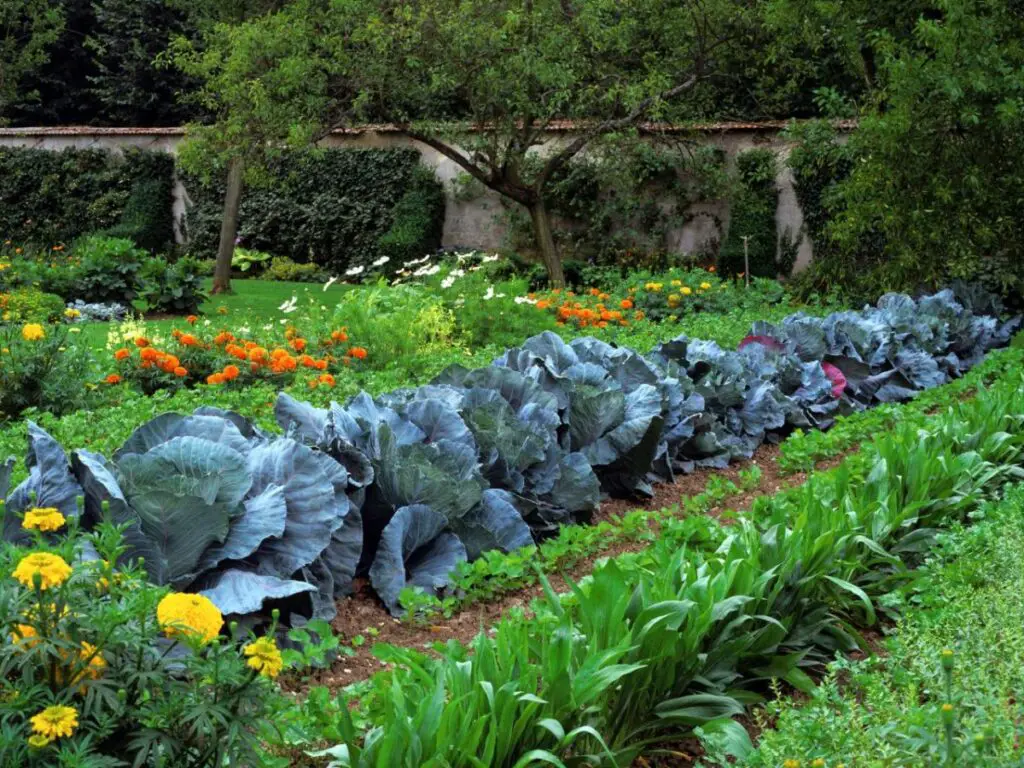
In-ground gardens are the most traditional type of vegetable garden. This method involves planting vegetables directly into the soil in your yard.
Who Should Try This?
This is a great option for beginners and those with enough outdoor space. If you’re just starting, keep the garden size small, around 50 to 75 square feet. This size is manageable and won’t feel overwhelming.
Benefits
In-ground gardens are cost-effective since they use your existing soil. They also allow you to grow a wide variety of vegetables, from tomatoes to carrots. Plus, they blend naturally with your yard.
Tips for Success
Prepare the soil by removing weeds and adding compost to improve nutrients. Make sure your garden gets plenty of sunlight and water regularly. Using mulch can help retain moisture and keep weeds away.
2. Raised Beds

Raised beds are elevated plots of soil that are often enclosed by wood, stone, or other materials.
Who Should Try This?
This type is ideal for those who want better soil control or have limited yard space. Raised beds are also great for people with mobility issues because they reduce the need to bend or kneel.
Benefits
Raised beds offer excellent drainage, so your plants are less likely to suffer from waterlogging. You can also control the soil quality by filling the beds with nutrient-rich soil. Raised beds tend to warm up faster in spring, which means an earlier planting season.
Tips for Success
Make your beds no wider than 4 feet so you can easily reach the center. Use untreated wood to avoid chemicals leaching into the soil. Water frequently, as raised beds dry out faster than in-ground gardens.
3. Container Gardening
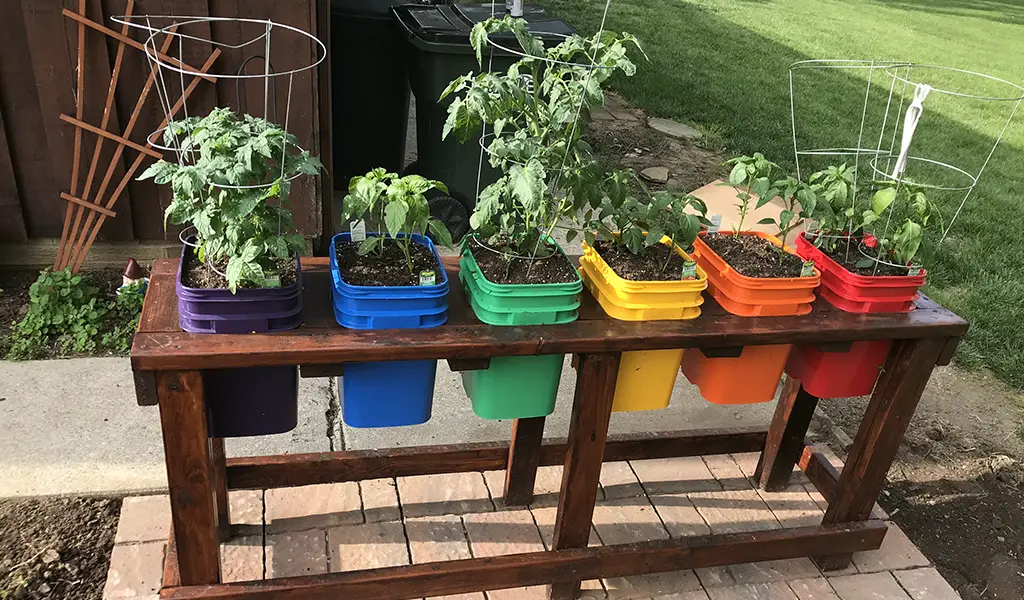
Container gardening involves growing vegetables in pots, buckets, or other containers.
Who Should Try This?
This is perfect for people with limited outdoor space, such as apartment balconies or small patios. It’s also great if you want to grow herbs or salad greens near your kitchen for easy access.
Benefits
Containers are portable, so you can move them to follow the sun or protect them from bad weather. They’re also easy to maintain and don’t require much weeding.
Tips for Success
Choose containers with good drainage holes. Use a high-quality potting mix, not garden soil, to ensure proper aeration and drainage. Water regularly, as containers dry out faster than traditional gardens.
Related Topics:
4. Community Gardens
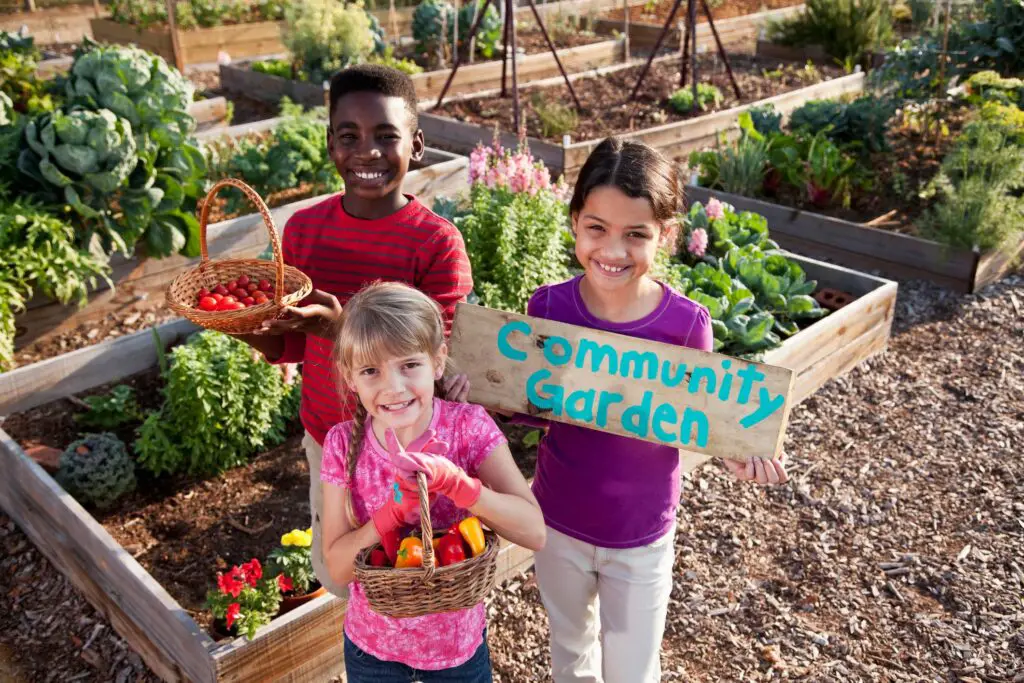
Community gardens are shared spaces where people grow vegetables in individual or communal plots.
Who Should Try This?
This option is ideal for those without personal gardening space or who want to be part of a gardening community.
Benefits
Community gardens provide access to gardening space and tools. They also foster a sense of community and offer opportunities to learn from experienced gardeners.
Tips for Success
Get involved in planning and maintenance to build relationships with other members. Respect garden rules and keep your plot tidy. Attend workshops or events to improve your skills.
5. Youth Gardening
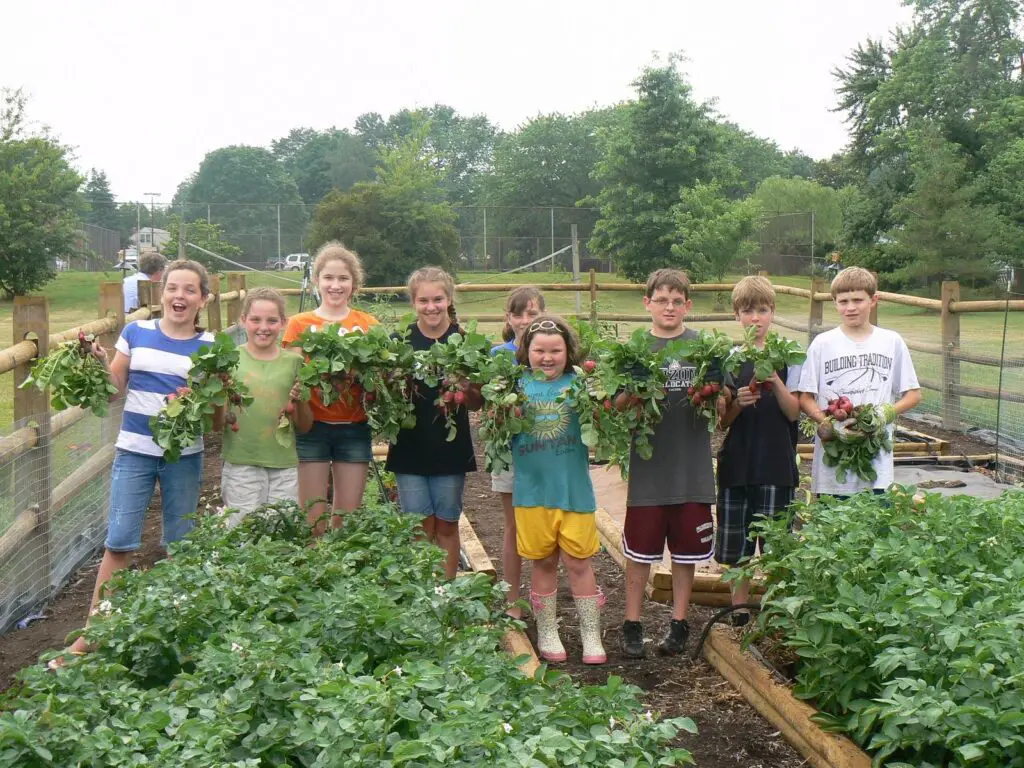
Youth gardening is designed to teach kids about gardening and the importance of fresh food.
Who Should Try This?
Schools, youth groups, or families who want to introduce children to gardening will find this type rewarding.
Benefits
Kids learn where food comes from, develop responsibility, and enjoy outdoor activity. It also encourages healthy eating habits.
Tips for Success
Start with easy-to-grow vegetables like radishes or lettuce. Make gardening fun by involving kids in every step, from planting seeds to harvesting. Use child-sized tools to make the experience enjoyable.
Conclusion
No matter your space or experience level, there is a vegetable garden type that’s perfect for you. Whether you prefer the simplicity of an in-ground garden, the convenience of containers, or the community spirit of shared gardening, the benefits are endless.
Gardening is not just about growing food; it’s about creating a healthier and more fulfilling lifestyle. Start your gardening journey today and enjoy the rewards of fresh, homegrown vegetables!
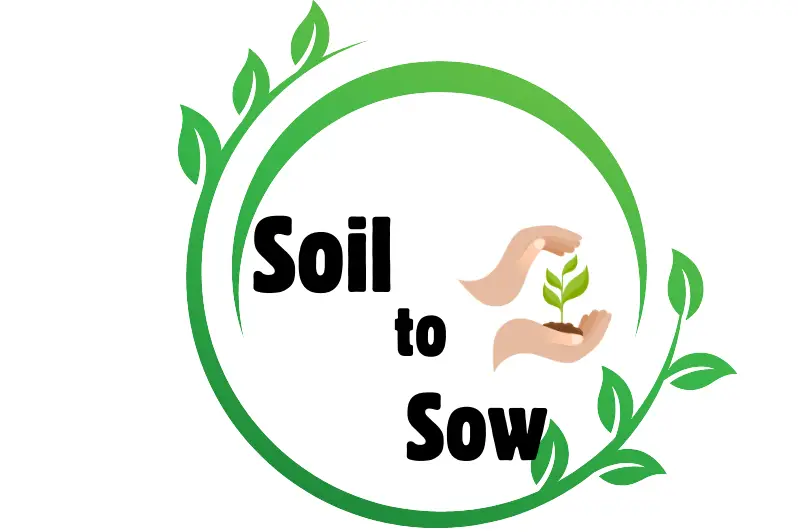
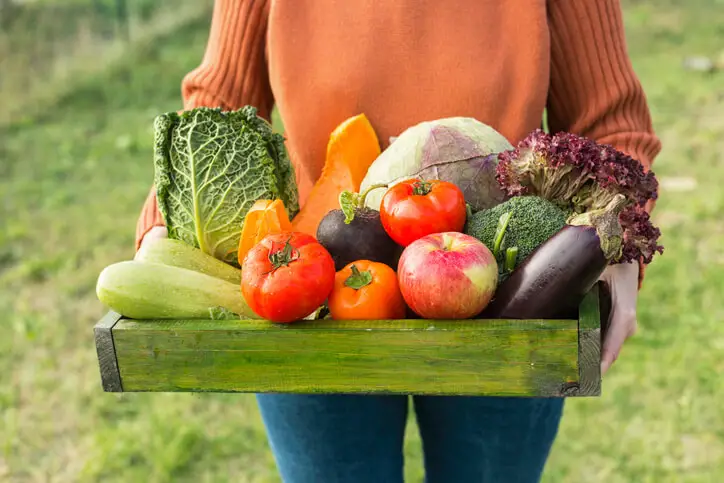
1 thought on “Discover the Perfect Vegetable Garden for Your Needs”